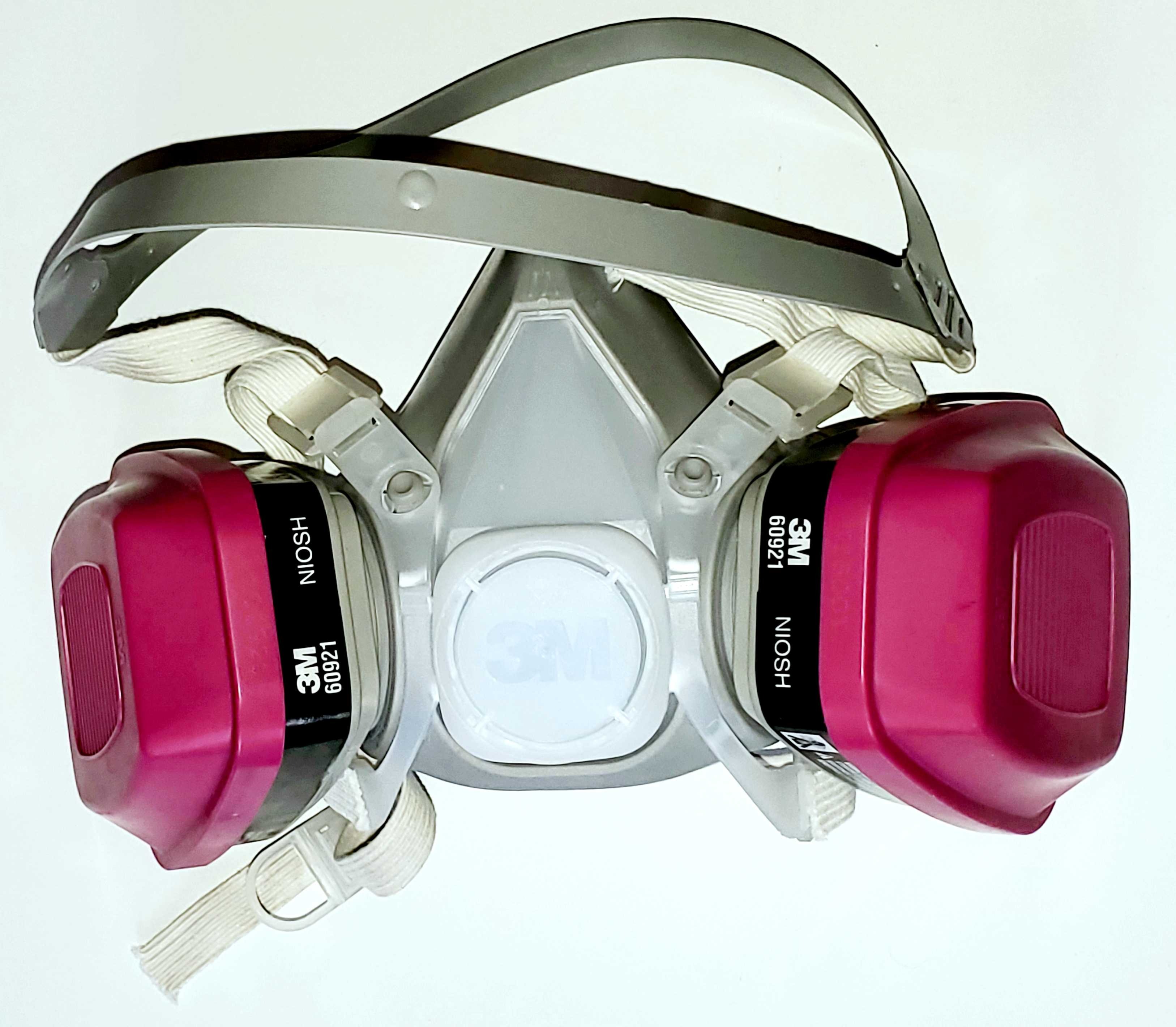How are Construction Employees Exposed to Respirable Crystalline Silica?
Exposure to respirable crystalline silica can occur throughout typical construction jobs, such as using masonry saws, mills, drills, jackhammers and portable powered cracking tools; operating automobile mounted drilling rigs; milling; running squashing machines; using heavy equipment for demolition or particular other jobs; and during abrasive blasting and tunneling operations. About 2 million construction workers are exposed to respirable crystalline silica in over 600,000 jobsites.
What Else Does the Standard Require?
Despite which direct exposure control technique is used, all building and construction employers covered by the standard are required to:
• Establish and carry out a written exposure control plan that determines jobs that involve exposure and techniques utilized to safeguard workers, including procedures to limit access to work areas where high exposures may take place;
• Designate a. skilled person to carry out the written direct exposure control plan;
• Restrict housekeeping practices that expose employees to silica, such as usage of compressed. air without a ventilation system to record the dust and dry sweeping, where. efficient, safe options are available;
• Offer medical exams-- including chest X-rays and. lung function tests-- every three years for workers who are required by the. standard to some operations, respirators might likewise be required.

What is the permissible direct exposure limit (PEL) for respirable crystalline silica?
Cal-OSHA - The PEL for respirable crystalline silica is 50 micrograms per cubic meter (g/ M3) of air. This is the maximum concentration of respirable crystalline silica in air, as an eight-hour time-weighted average, to which a worker may be exposed.
Silica dust is harmful when inhaled into your lungs. As it is 100 times smaller sized than a grain of sand, you can be breathing it in without knowing.
Exposure to silica dust can lead to the development of lung cancer, silicosis (an irreversible scarring and stiffening of the lungs), kidney disease and chronic obstructive pulmonary disease. Not all exposed workers will develop cancer; cancer danger increases with long-term or duplicated high-level exposure.
The occupations with the greatest exposure include:
miners
construction workers
farmers
engineers.
You might be exposed to silica dust if your work involves:
breaking, crushing, grinding or milling material containing silica dust
sand blasting or casting paving
surfacing or cement finishing
bricklaying
demolition work
road construction
stonemasonry
mineral ore-treating processes
manufacture of glass, ceramics, brick, concrete, tile, metals or machinery
How we can help?
We will work with you or your management staff to assess the hazards and create a respiratory protection plan based on your needs. Respiratory Plans can be as simple as monitoring or could be as complicated as having an air filtration equipment. How do you know? Give us a call. CALL (800) 433-9819
 Add Row
Add Row  Add
Add 




Write A Comment